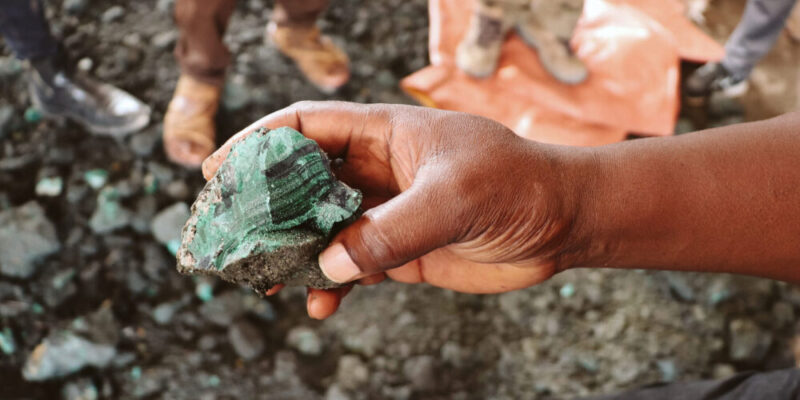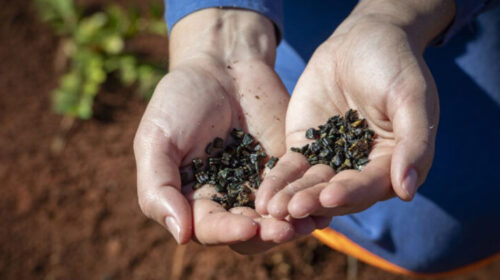Lessons from Cobalt price Drop for Congo?
The recent installation of the organizers of the Congolese Council of the Battery by the President of the Republic will have been preceded a few weeks before by a new very significant drop in the price of Cobalt.
Listed at USD 82,000 per tonne between March and May 2022, this coveted metal saw its price drop below USD 35,000 per tonne at the end of February 2023.
Three reasons explain this price drop:
(1) The significant drop in demand for batteries previously stimulated by the explosion in sales of electronic components and equipment during the pandemic;
(2) The increase in the supply of Cobalt with the increase in production from small producers such as Indonesia;
(3) The determined effort of battery manufacturers to reduce the share of Cobalt in their production in favor of other materials.
If it is not excluded that the demand for batteries will sooner or later start to rise again mainly due to the increase in sales of electric vehicles, the Democratic Republic of Congo will not benefit substantially, if the country does not change no strategy, while remaining a simple supplier of raw materials subject to the ups and downs of the market.
Indeed, if car manufacturers continue to reduce their need for Cobalt in the manufacture of batteries, mainly to protect themselves against the volatility of the prices of this metal and the uncertainties related to its operating conditions in DR-Congo, the Congolese Government should, meanwhile, go beyond what currently seems its priority, namely the installation of the first manufacturing plant for electric battery precursors.
In order to take better advantage of its place as the world’s leading producer of this strategic mineral, it should better position itself to capture much more than currently on the Cobalt value chain.
However, what are the chances that the Congolese State has in its approach, knowing that the technology it intends to implement in its future battery factory will be borrowed from the same battery manufacturers who are working tirelessly to find alternatives requiring little or no Cobalt by using more accessible and therefore cheaper raw materials?
According to recent statistics, in the space of ten years, the number of patents published by the United States, Canada and Europe relating to alternative chemistries to Lithium-ion battery technology will have more than quintupled, from from just under 200 patents/year in 2012 to more than 1,000 patents/year in 2021.
As a replacement for the precious Lithium which requires Cobalt-based cathodes in order to increase the storage capacity and the electrochemical performance of the batteries, these new technologies are turning to cheap raw materials such as Aluminum and Sodium which require little or no Cobalt in the manufacture of batteries.
Thus, rather than rushing to set up a factory that will quickly lose its competitiveness, the Congolese State should, through the Congolese Battery Council, focus on research and development to develop a new generation of batteries whose composition will include Cobalt and other metals which the country abounds in abundance.
In addition, the DR-Congo should tap into the creativity of its human capital and develop innovative products to be produced locally in order to create added value and jobs, and influence the demand for its strategic raw materials. In short, it’s never too late to do the right thing!
Sandro Masaki, Electrical Engineer, PhD student in Electrical Engineering (University of Pretoria), Head of Works (Polytechnic Faculty, University of Kinshasa), Specialist in Renewable Energies and Energy Economics
![]()





